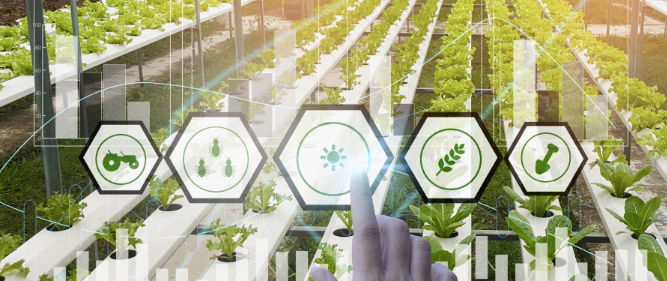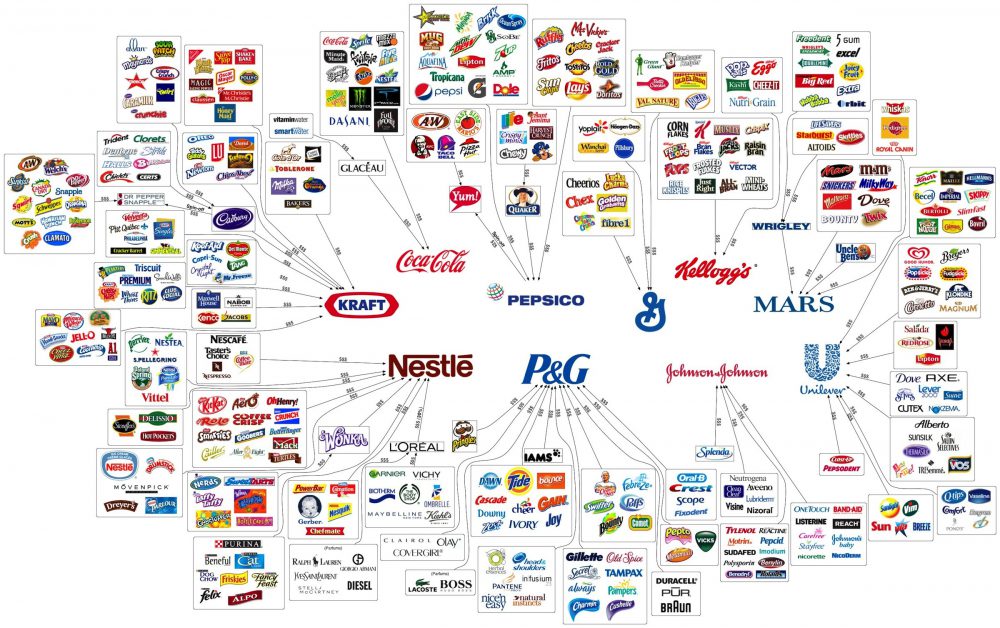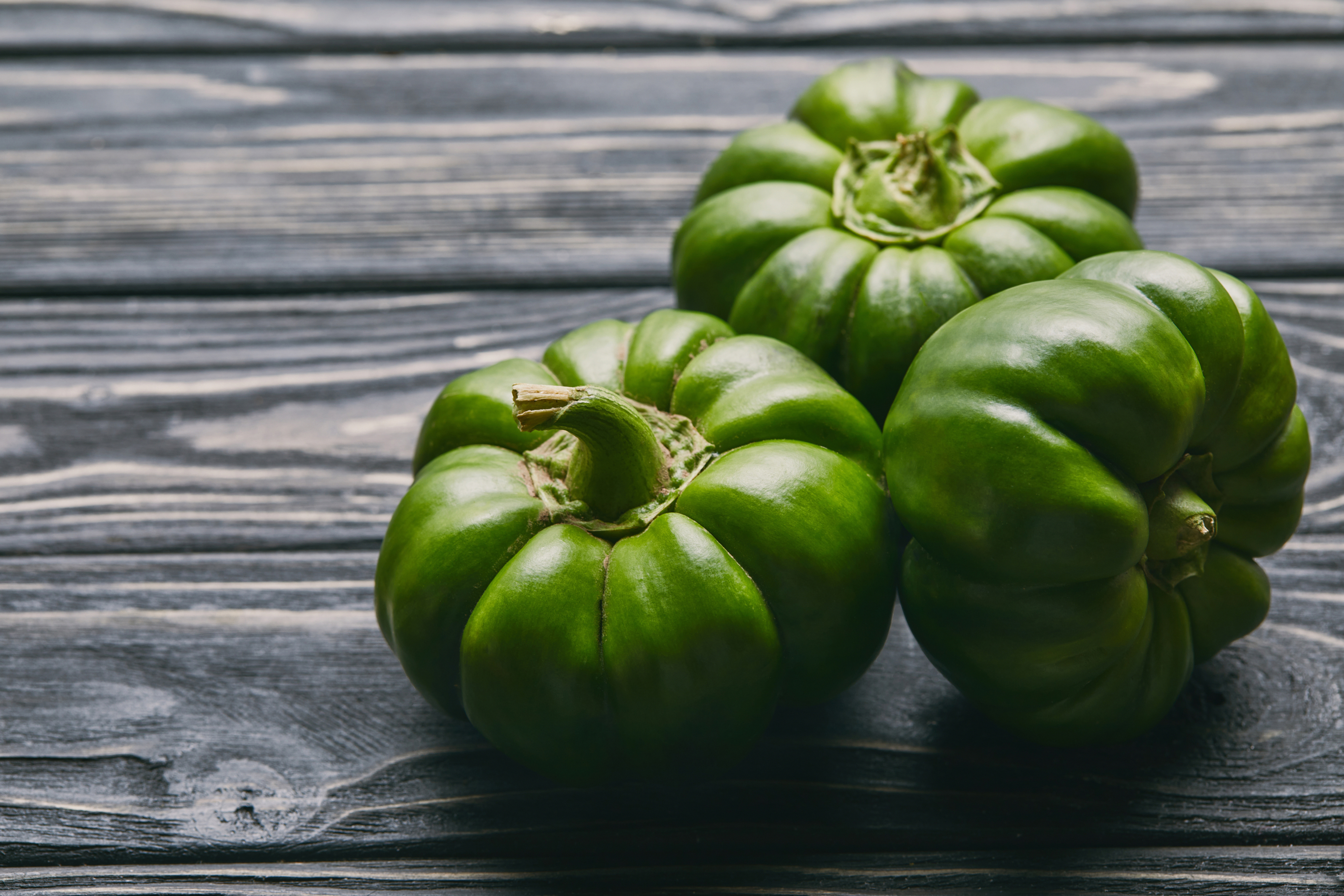4 Ways Site Location Can Affect Construction Costs
Building anything right now can be daunting and expensive, much less a large industrial facility. In the wake of the COVID-19 pandemic, the cost of construction materials has skyrocketed, labor is scarce and demand is surging. But that doesn’t mean the food supply chain can stop.
Food manufacturers and distributors still have customers to serve — and, for some, that still means investing in a new facility. At a time when construction costs are high, a company might make up for it in savings by reconsidering where the facility is built.
Continue Reading “4 Ways Site Location Can Affect Construction Costs”






![Prepare Your Food Plant for a Hurricane [Infographic]](https://stellarfoodforthought.net/wp-content/uploads/2015/10/Untitled-design.png)




